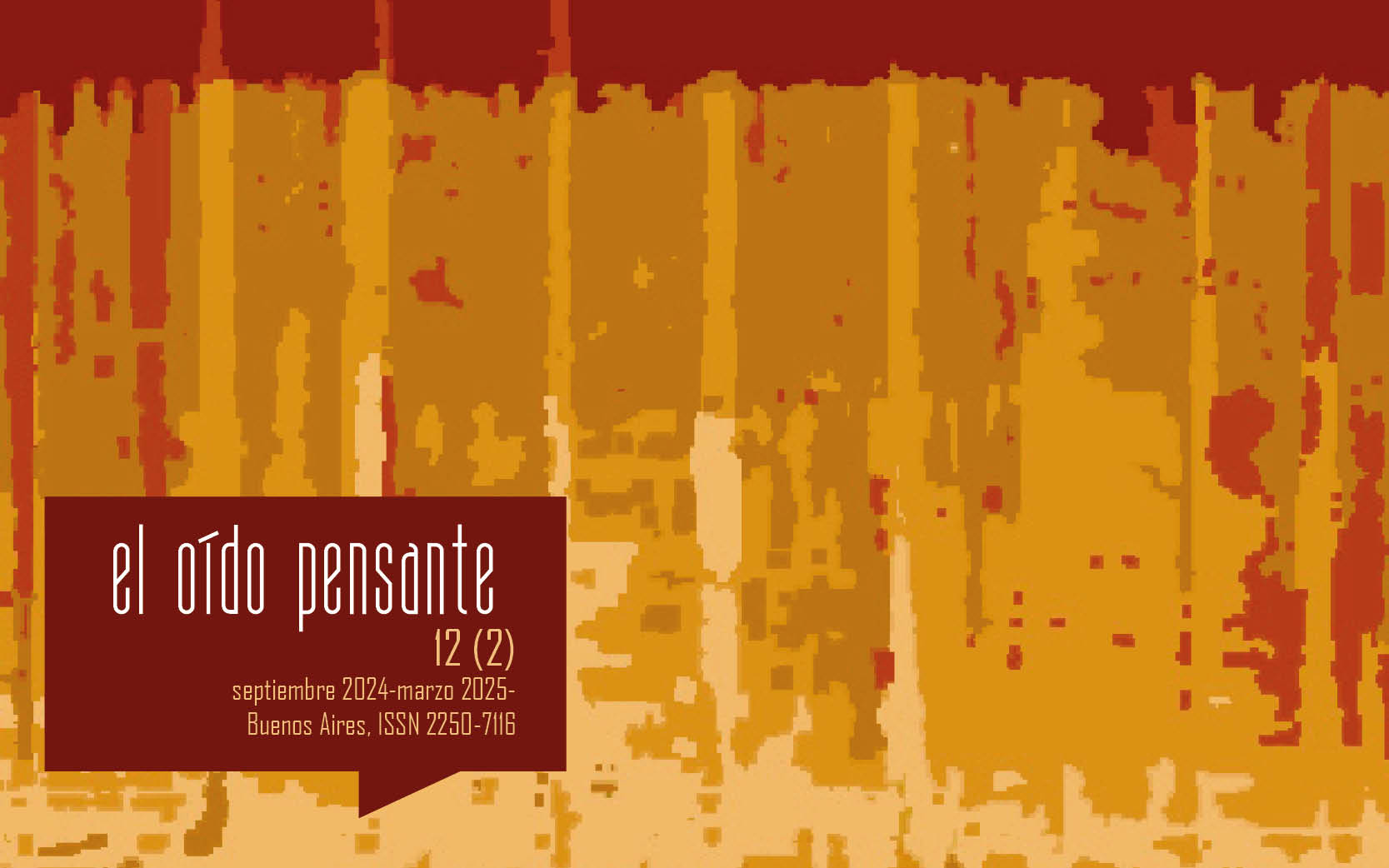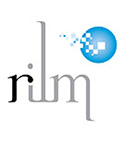Immanence and Metaphysics in The Art of Fugue by J. S. Bach
Abstract
The Art of the Fugue contains defined elements which make it possible to establish the hypothesis that, within this work of Johann Sebastian Bach, there is an original metaphysical background. Starting from the systematic structure of the last great composition by the German musician, and from the circular accent that it contains, the metaphysical originality analyzed in this article is the consideration of an immanentist conception of the divine essence. From such consideration, the possibilities contained in the formal structure of the work will be analyzed to expose how the totality of what is real would be contained in the divine essence to unfold in the other of itself, in the same reality.Downloads
References
Andrés, R. (2005). Johann Sebastian Bach. Los días, las ideas y los libros. Barcelona: El Acantilado.
Basomba García, D. (2014). El último Bach y el dodecafonismo como ideal musical: una lectura estética y sociológica. (Tesis de doctorado). Universidad Carlos III, Madrid, España. Recuperado de https://e-archivo.uc3m.es/handle/10016/18313
Butt, J. (Ed.) (2000) Vida de Bach. Madrid: Cambridge University Press.
Copland, A. (2001). Cómo escuchar la música. México: Fondo de Cultura Económica.
Dilthey, W. (1963). La gran música de Bach. Madrid: Taurus.
García Bacca, J. D. (1990). Filosofía de la música. Barcelona: Anthropos.
Gardiner, J. E. (2016). La música en el castillo del cielo. Un retrato de Johann Sebastian Bach. Barcelona: Acantilado.
Geiringer, K. (1982) Johann Sebastian Bach. Culminación de una era. Madrid: Altalena.
González Catalán, L. (2012) Intencionalidad en el uso del Nº 14 en la obra de J. S. Bach. En Neuma (Talca), 2, 10-30. Recuperado de https://neuma.utalca.cl/index.php/neuma/article/view/134
González Catalán, L. (2015) El arte de la fuga de Johann Sebastian Bach (1685-1750). En Neuma (Talca), 1, 58-68. Recuperado de https://neuma.utalca.cl/index.php/neuma/article/view/87
Graetzer, G. (1986) El arte de la fuga: última obra de Johann Sebastian Bach: consideraciones generales. En Anales de la Universidad de Chile, 11, 5, pp. 145-164.
Heidegger, M. (1996). Schelling y la libertad humana. Caracas: Monte Ávila Editores.
Hegel, G. W. F. (2011). Ciencia de la lógica. Vol. 1. Madrid: UAM Ediciones-Abada.
Hegel, G. W. F. (2013). Lecciones sobre la historia de la filosofía III. México: Fondo de Cultura Económica.
Hofstadter, D. (2007). Gödel, Escher y Bach. Un eterno y grácil bucle. Barcelona: Tusquest Editores.
Kerman, J. (2015). The Art of Fugue. Bach Fugues for Keyboard, 1715-1750. California: University of California Press Oakland.
Noemí, J. (1986). Bach ‘Digne Theologus Dicitur’. Una aproximación teológica a la obra de J.S. Bach. En Aisthesis: Revista chilena de investigaciones estéticas, 19, pp. 23-29.
Nys, C. (Ed.) (1962). Bach. Buenos Aires: Fabril.
Otterbach, F. (1998). Johann Sebastian Bach. Vida y obra. Madrid: Alianza Editorial.
Peters, M. (2017). Vocal Music. En R. Leaver (Ed.). The Routledge Research Companion to Johann Sebastian Bach, pp. 267-294. New York: Routledge.
Reyes van Eweyk, A. (2021). Simbología numérica en la obra de Bach. En Neuma (Talca), 2, 51-65. Recuperado de https://neuma.utalca.cl/index.php/neuma/article/view/152
Salazar, A. (1985). Juan Sebastián Bach. Madrid: Alianza Música.
Santa Cruz, D. (1950). La fuga en la obra de Bach. En Revista Musical Chilena, 6(38),16-55. Recuperado de https://revistamusicalchilena.uchile.cl/index.php/RMCH/article/view/11884
Savall, J. (2001). El testamento musical de J. S. Bach. En Die Kunst der Fuge [CD] (libreto). Alia Vox.
Schweitzer, A. (1955). J. S. Bach. El músico-poeta. Buenos Aires: Ricordi Americana.
Soler, J. (1998). Fuga. Técnica e historia. Barcelona: Antoni Bosch.
Soler, J. (2004). J. S. Bach. Una estructura del dolor. Madrid: Antonio Machado Libros.
Trías, E. (2007). El canto de las sirenas. Argumentos musicales. Barcelona: Galaxia Gutenberg.
Wolff, Ch. (2008). Johann Sebastian Bach. El músico sabio. Barcelona: Ma Non Troppo.























